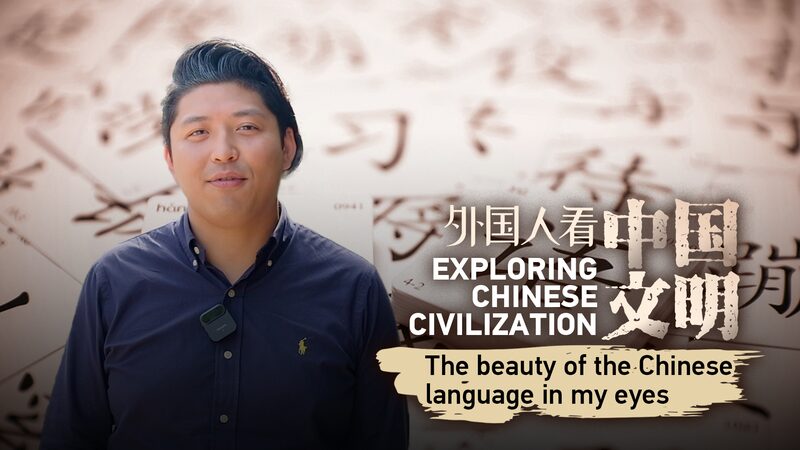Meet Kelson Teo: a Netherlands-born law student trading windmills for skyscrapers at Beijing’s Tsinghua University. But textbooks aren’t his only obsession – he’s fallen hard for Mandarin’s musical tones and ancient characters that look like art. 🖌️
When Tones Rule
\"It’s like singing while speaking!\" Kelson laughs, describing Mandarin’s four-tone system. Unlike Western languages where sounds create words, Chinese uses pitch variations to distinguish meanings – turning basic syllables into linguistic superpowers. 🎶
Characters vs ABCs
While English uses 26 letters, Chinese radicals and strokes form characters that often carry whole stories. \"You’re not just spelling words – you’re decoding 3,000 years of history,\" says Kelson, showing a notebook filled with brush-practice characters. 📜
Dialect Detectives
From Shanghai’s lilting Wu dialect to Cantonese’s nine(!) tones, Kelson’s fascinated by China’s linguistic diversity: \"It’s wild that written characters unite regions where spoken languages sound completely different.\"
The 24-year-old hopes his journey inspires more China-Netherlands cultural exchanges: \"Language isn’t just words – it’s how we share what makes us human.\" 🌐
Reference(s):
cgtn.com




